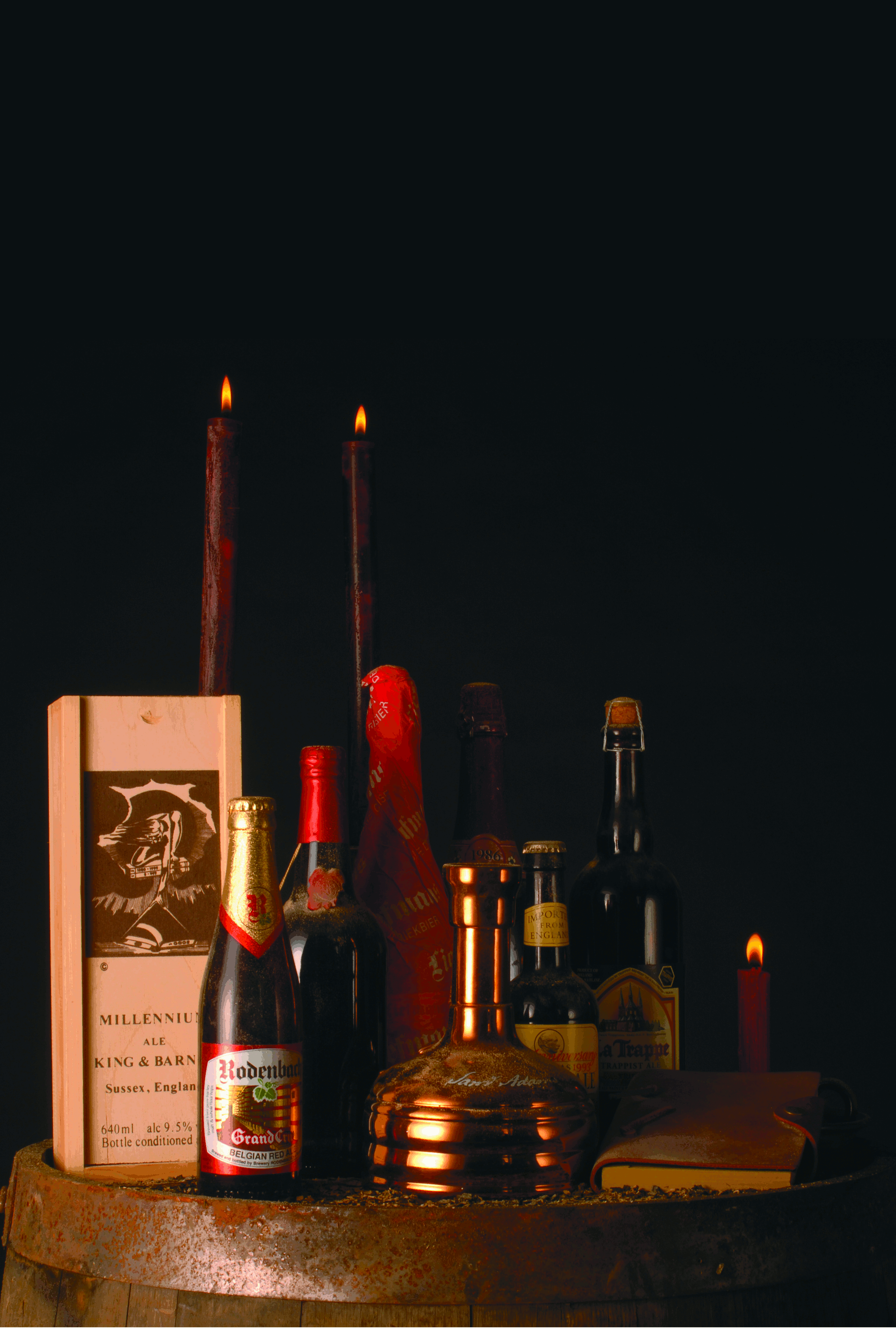The concept of a wine cellar is well understood, even by people who don’t drink wine. Since the flavor of many wines improves with age, having an appropriate place to store the treasures of the grape is a practical necessity for wine lovers.
Although a candlelit subterranean chamber lined with vintage bottles may be romantically appealing, a beer cellar doesn’t have to be anything fancy.

But beer, it’s often assumed, needs no such respect. Keep it cold and serve it as soon as possible. Most beer lovers believe that the fresher beer is consumed, the better it tastes.
The truth is that freshness is something of a moving target. To be truly fresh, beer must be ready to drink, meaning that it has been given proper conditioning time in the brewing process—which could be anywhere from a week or so for some light ales to three months or more for strong lagers. Once the brewery releases the beer, all kinds of problems in maintaining good flavor can occur—in storing, shipping, selling and serving the beer. Beer could be stored too warm stacked up at the supermarket at room temperature; it could be shaken violently during shipping; it might be exposed to extremes of light, heat or cold; and finally, it could be served through dirty tap lines or in dirty glasses. It’s cause for celebration when any beer emerges from this gauntlet tasting fresh!
Yet freshness ought not to be the consumer’s only concern about the quality of beer. Many of the world’s best beers are not meant to be drunk as soon as they are released from the brewery. Like wine, they are designed to be aged, and they develop far more complexity if allowed to do so.
I’ll never forget the first time I visited the inn at the Abbey de Scourmont in Belgium, where the Trappist ales from the nearby Chimay brewery are served. On the beer menu was the current release of Chimay Grande Reserve (capsule bleu), the strongest and most flavorful Chimay beer. The beer was very good, but a 3-year-old version of the same brew was also available. Tasting the two side by side, I was astonished how much more depth of flavor the older beer has acquired during its time in the inn’s cellar.











